
How to clean air conditioner at home simply, clean and shiny: No need to waste money calling a technician

How to Clean Your Air Conditioner at Home Safely and Effectively
Regular maintenance is one of the simplest yet most effective ways to keep your air conditioner running smoothly. Cleaning your unit not only helps it operate more efficiently but also extends its overall lifespan. In this guide, you’ll learn how to clean your air conditioner at home safely, easily, and without the need for professional help.
Why Regular Cleaning Matters
An air conditioner is an essential appliance in most households, especially during the sweltering summer months. However, after a period of use, dust and debris tend to accumulate on the indoor and outdoor units, as well as on the filters. This buildup can reduce the cooling performance, increase electricity consumption, and even cause mechanical damage over time.
By cleaning your air conditioner regularly, you can:
-
Improve cooling efficiency
-
Lower electricity bills
-
Protect your health from dust and mold
-
Extend the lifespan of your device
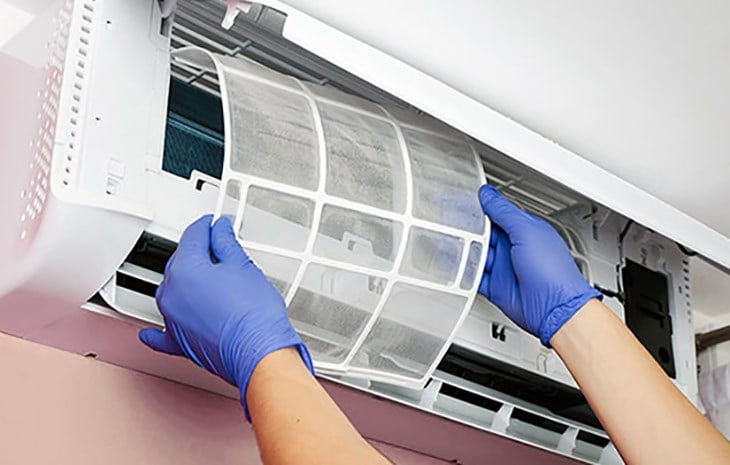
When Should You Clean Your Air Conditioner?
The ideal cleaning frequency depends on your environment and how often you use the machine:
-
Households with regular to high usage: Every 3–4 months
-
Offices, cafés, restaurants: Every 2–3 months
-
Factories or workshops: Once a month due to heavy dust and continuous operation
In addition, you should clean your air conditioner immediately if you notice any of the following signs:
-
Weak cooling or slower performance
-
Musty or unpleasant odors when the unit is turned on
-
Strange noises from the indoor unit
-
A sudden increase in electricity bills
Tools You’ll Need
Before starting, prepare the following simple tools and cleaning materials:
-
Screwdriver (for removing the front cover)
-
Clean and dry microfiber cloths
-
Soft brush or small cleaning brush
-
Spray bottle filled with water or misting sprayer
-
Air conditioner cleaning solution (available at supermarkets or appliance stores)
-
Large plastic bag or waterproof tarp to catch dirty water
-
Mini vacuum cleaner (optional)
-
Small ladder (if the indoor unit is installed high on the wall)
Step-by-Step Cleaning Guide
Step 1: Turn Off the Power
Always disconnect the power source before cleaning. Unplug the unit or switch off the circuit breaker to ensure complete safety throughout the process.
Step 2: Clean the Indoor Unit (Evaporator)
-
Gently open the front panel using a screwdriver. Avoid applying too much force to prevent damaging the plastic latches.
-
Remove and wash the air filters — they are usually the dustiest part of the system. You can vacuum them or rinse them with warm soapy water. Let them dry completely before reinstalling.
-
Spray a thin layer of air conditioner cleaning solution onto the cooling fins and coils. Avoid spraying directly on electrical parts or the control board.
-
Wipe all accessible surfaces, vents, and fan blades with a soft, clean cloth.
Pro tip: Use an old toothbrush to scrub hard-to-reach corners and narrow fins.
Step 3: Clean the Outdoor Unit (Condenser)
The outdoor unit often collects dirt, leaves, and even dead insects, which can block airflow and reduce performance.
-
Remove the protective cover or grille if there is one.
-
Use a spray bottle or low-pressure hose to rinse off the dust and debris from top to bottom.
-
Gently clean the fan blades and aluminum fins with a soft brush.
-
Wipe dry with a cloth to remove any remaining moisture.
-
Reattach all components securely.
Note: Never use a high-pressure water jet — it can bend the fins or damage internal parts.
Step 4: Reassemble and Test the System
Once everything is dry, reassemble the filters and panels. Plug the air conditioner back in and turn it on to test. Check for:
-
Smooth and quiet operation
-
Strong, cool airflow
-
Any unusual sounds or dripping water
If everything works properly, your unit is good to go!
Important Safety Tips
-
Avoid cleaning the outdoor unit when it’s raining or humid.
-
Never spray water or chemicals directly onto electrical circuits.
-
If you’re unsure or uncomfortable with the process, consider hiring a professional technician.
-
Don’t wait until the machine breaks down — preventive care is always cheaper and safer.
Benefits of Regular Air Conditioner Cleaning
-
Energy Efficiency: A clean unit cools faster and consumes less electricity.
-
Cleaner Air: Reduces dust, mold, and bacteria that can cause allergies or asthma.
-
Longer Lifespan: Proper maintenance prevents breakdowns and keeps the compressor in good shape.
-
Early Detection of Issues: Regular cleaning helps identify potential problems before they become costly repairs.
Final Thoughts
Cleaning your air conditioner at home isn’t as complicated as it seems. With the right tools and a bit of care, you can complete the process in just 30 to 45 minutes. A well-maintained air conditioner not only saves you money but also keeps your living space fresh, cool, and comfortable all year round.
Don’t wait until your AC “complains” — make routine maintenance a habit. Your wallet, your health, and your comfort will all thank you.
News in the same category


Why Keeping A Lemon In Your Bedroom Is A Great Idea
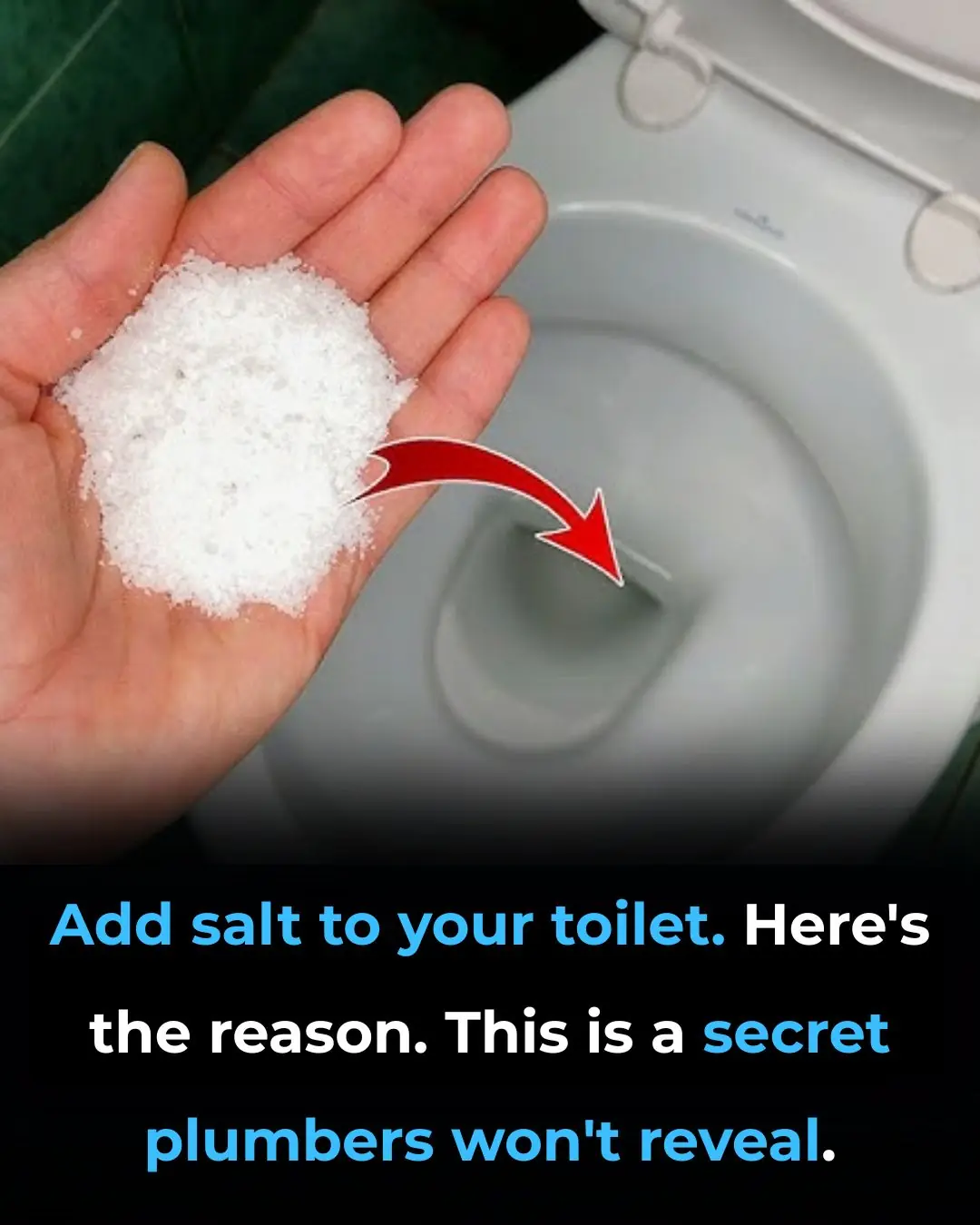
Put salt in your toilet. Here's why. This is something plumbers will never tell you

When Checking Out of a Hotel, Don’t Fold the Bedding—Not Knowing This Will Only Cause Trouble

Pour Beer into Table Salt to Solve Many Household Problems – Wish I Knew This Trick Sooner!

If you have this plant in your garden, don’t cut it down – it’s incredibly valuable!
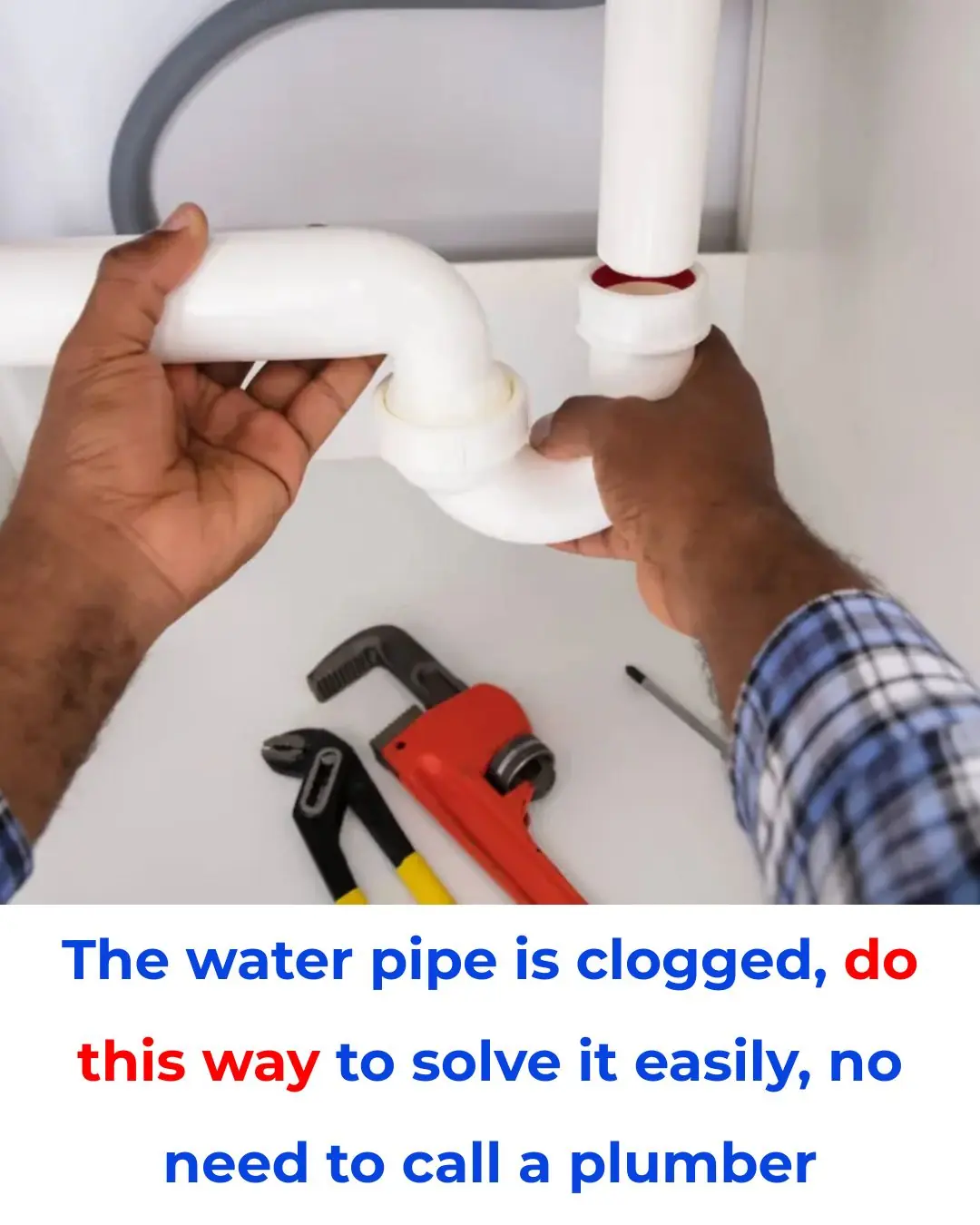
The water pipe is clogged, do this way to solve it easily, no need to call a plumber
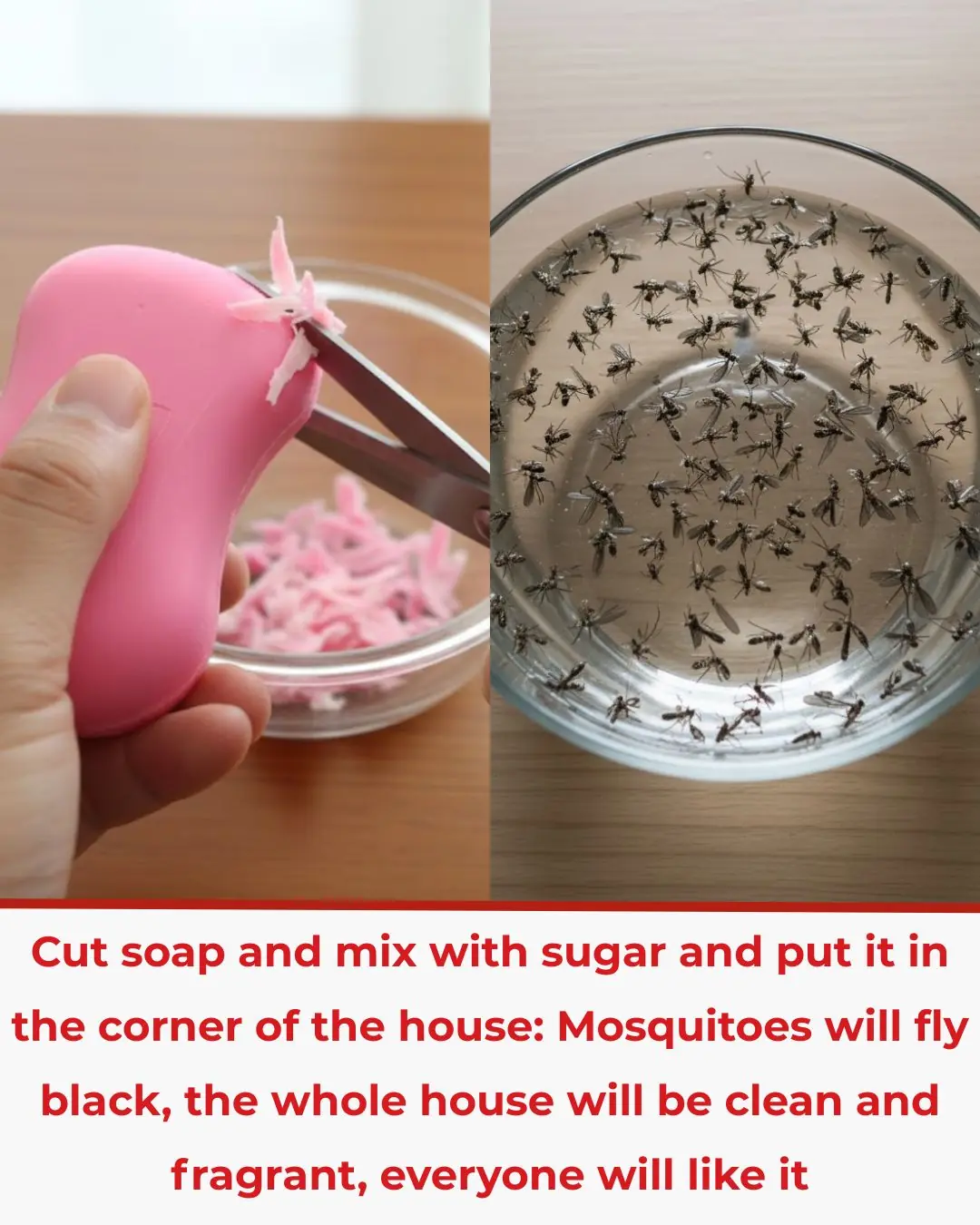
Cut soap and mix with sugar and put it in the corner of the house: Mosquitoes will fly black, the whole house will be clean and fragrant, everyone will like it
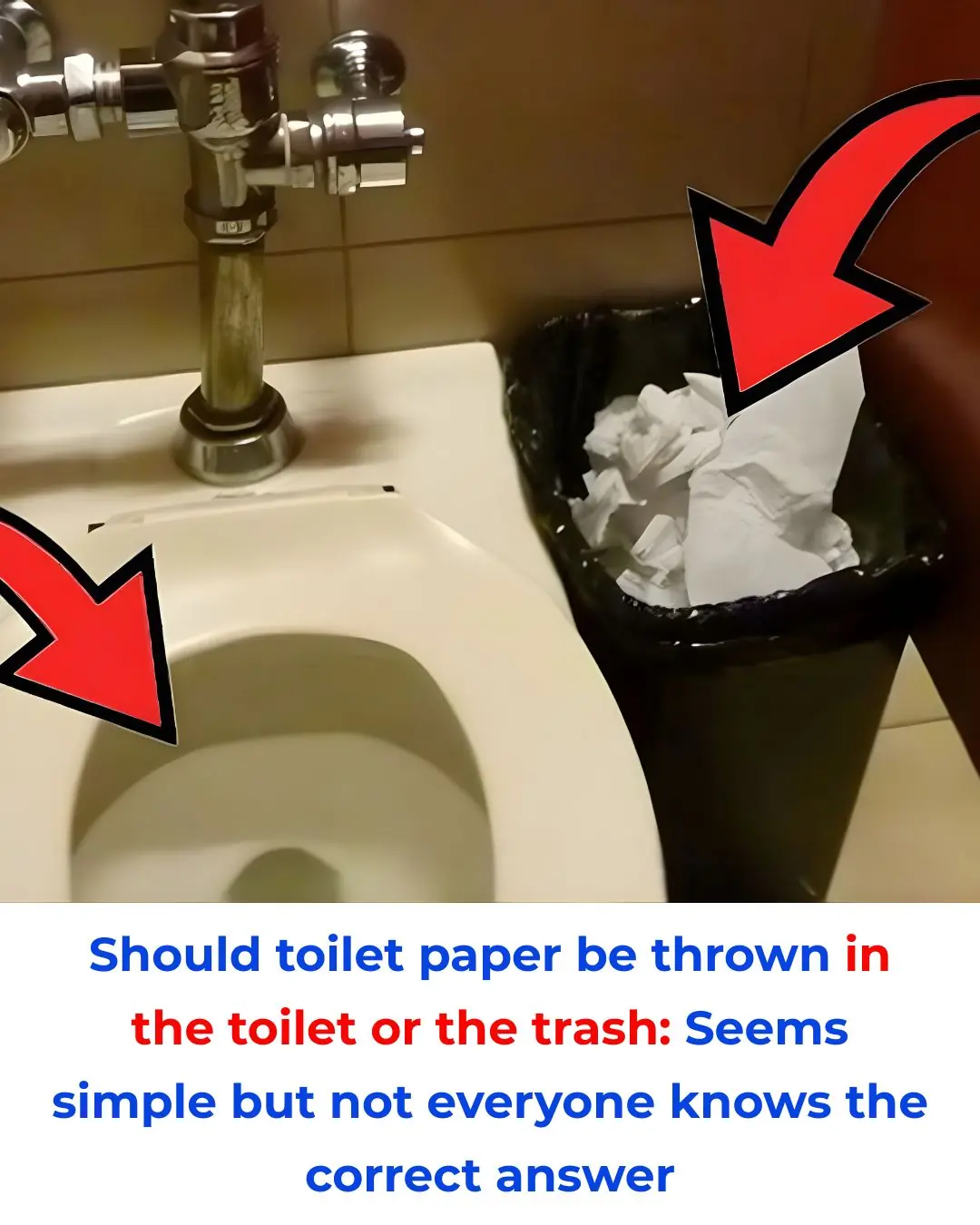
Should toilet paper be thrown in the toilet or the trash: Seems simple but not everyone knows the correct answer
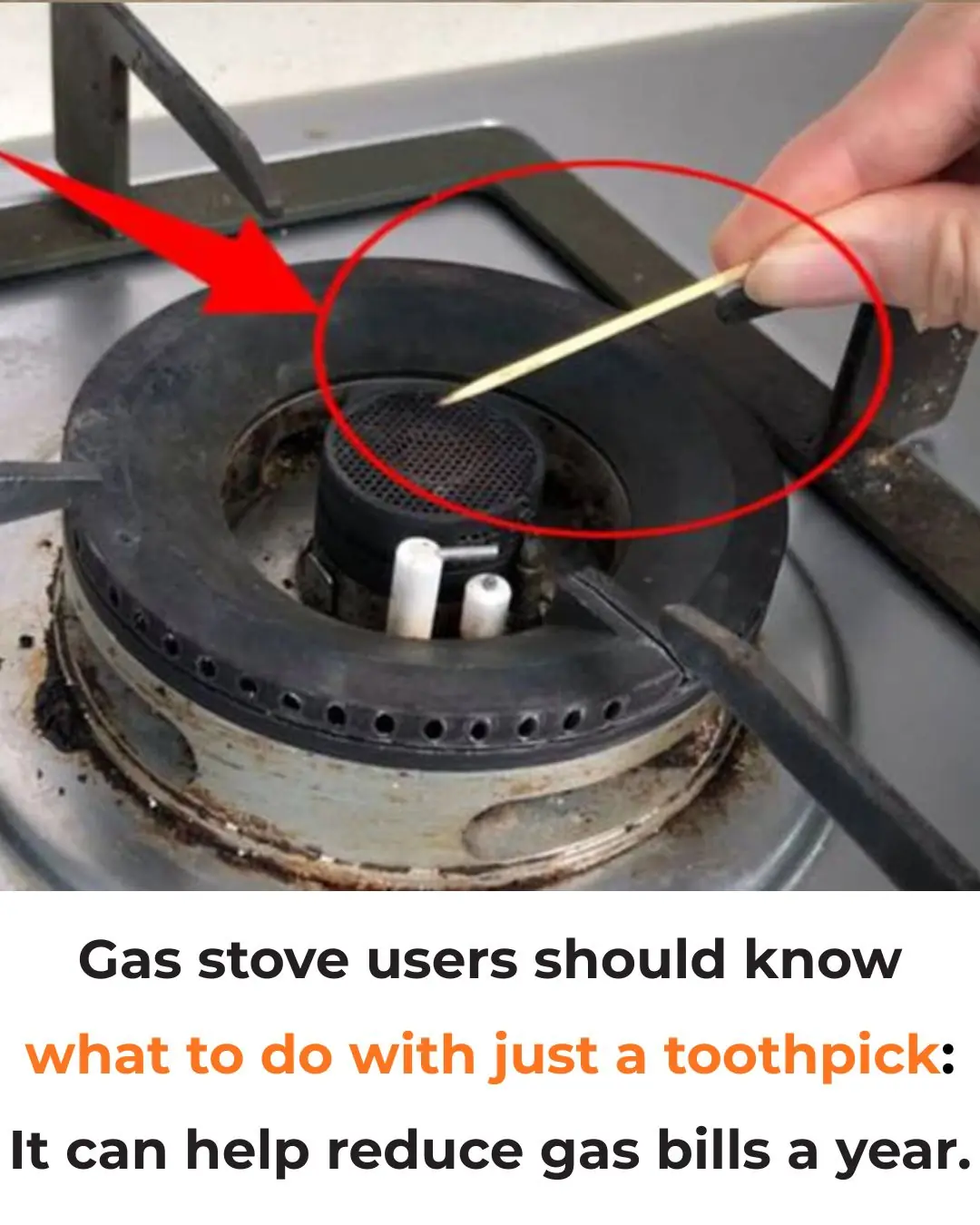
Gas stove users should know what to do with just a toothpick: It can help reduce gas bills a year
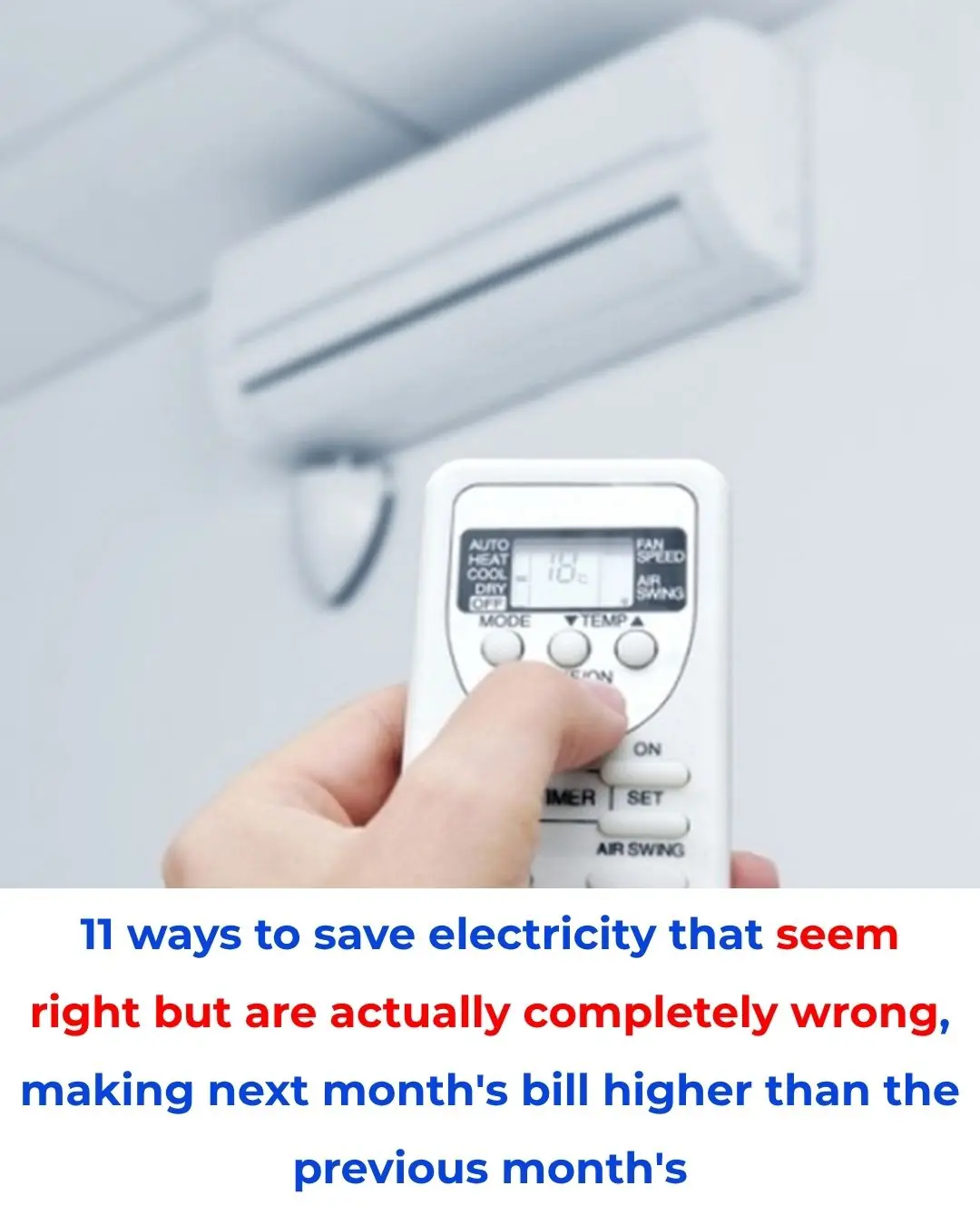
11 ways to save electricity that seem right but are actually completely wrong, making next month's bill higher than the previous month's

6 things mice are very afraid of, just put them in the house and the mice will run away

Put a handful of salt in the refrigerator: A golden use that every home needs
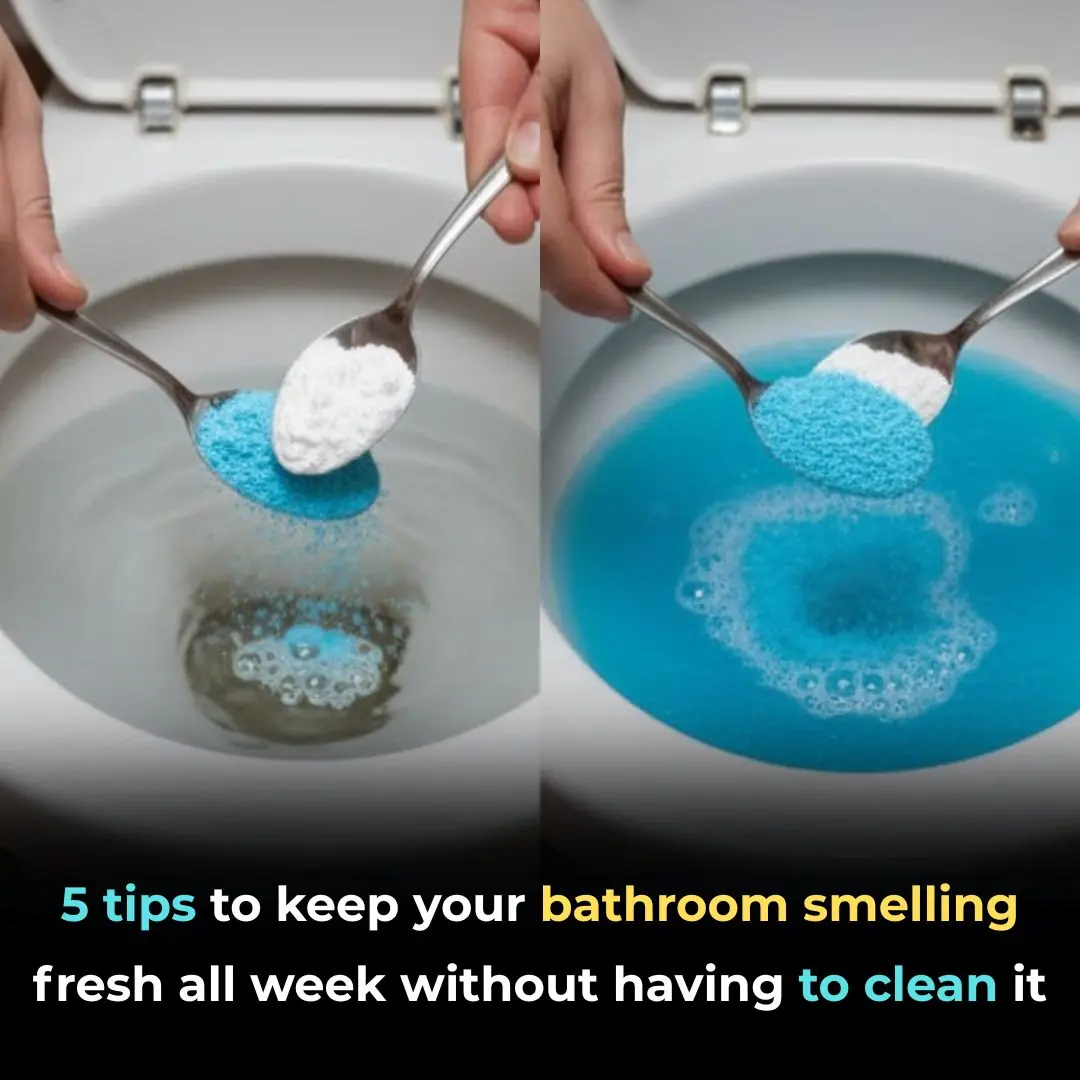
5 tips to keep your bathroom smelling fresh all week without having to clean it

Put a drop of essential oil on clothes while soaking: "Special" use, not everyone knows how to apply it
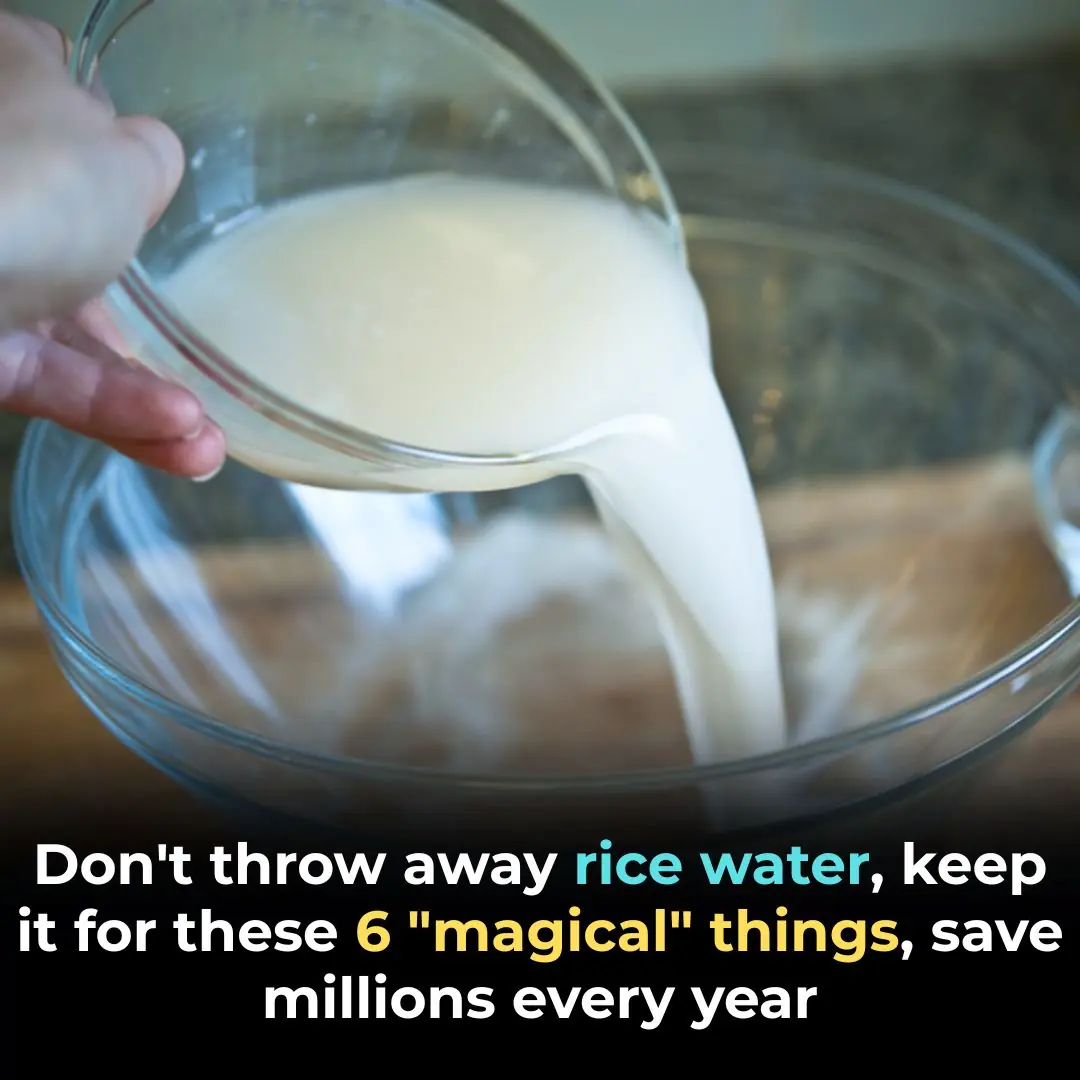
Don't throw away rice water, keep it for these 6 "magical" things, save millions every year

Tips for conditioning hair with black vinegar, both economical and helps reduce hair loss and grow faster

The whole tree is a treasure, many people only eat the fruit but the flowers are the specialty, cooked into soup to make a super nutritious dish.
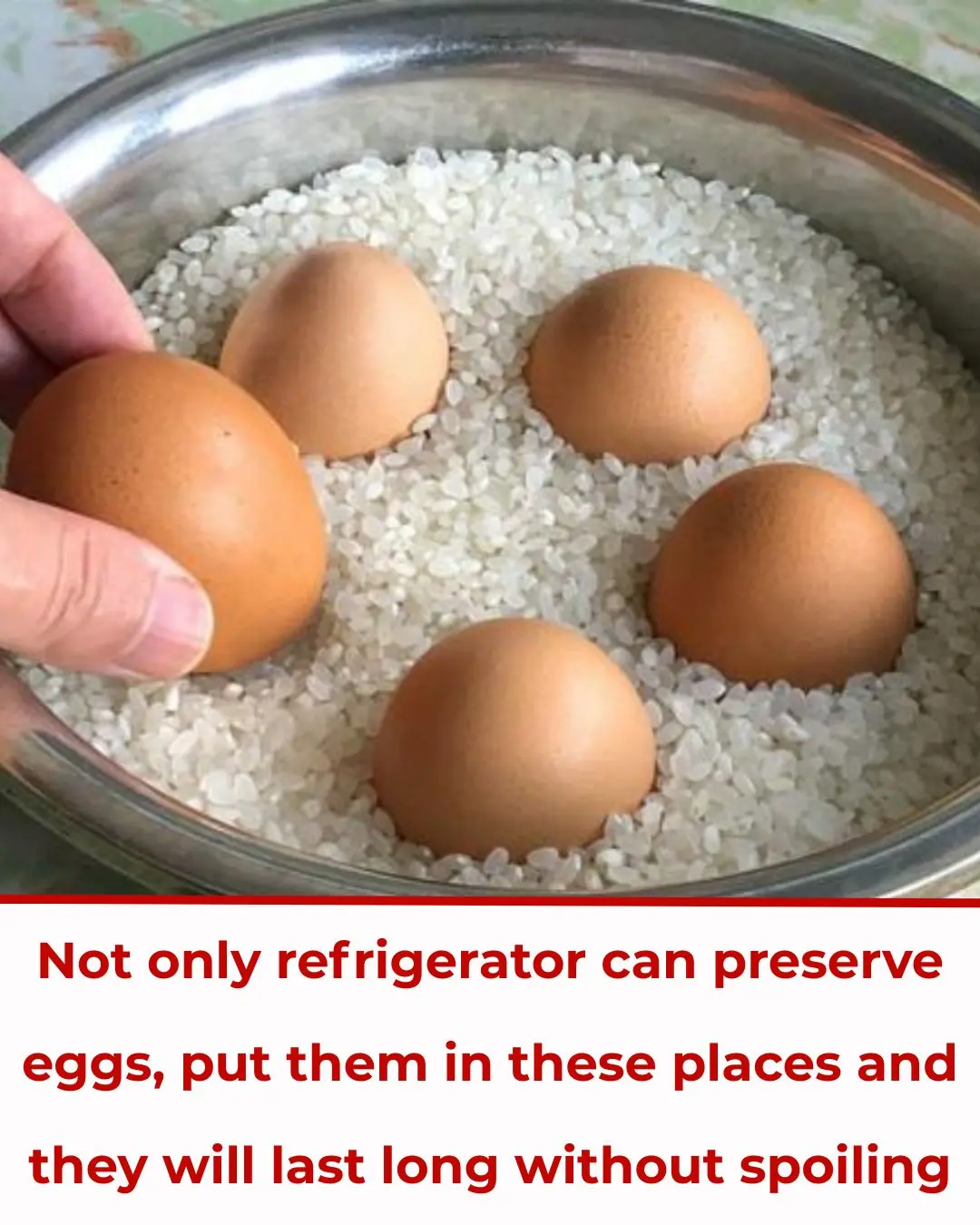
Not Only Refrigerators Can Preserve Eggs — Storing Them in These Places Keeps Them Fresh for a Long Time
News Post

Lemon Seeds Can Save a Snakebite Victim Within Just One Minute If Used This Way

Why Keeping A Lemon In Your Bedroom Is A Great Idea

Put salt in your toilet. Here's why. This is something plumbers will never tell you

Guava Leaves for Blood Sugar Control: Nature’s Gift for Diabetics

Banana Blossom: Health Benefits, Recipes, and Uses

Common Mullein: Benefits and Uses of Nature’s Versatile Herb

Fig Leaves: Surprising Benefits and Uses

Inner Vitality Elixir: Benefits of Uda Seeds, Lemon, Aidan Fruit, and Ginger for Women’s Health

When Checking Out of a Hotel, Don’t Fold the Bedding—Not Knowing This Will Only Cause Trouble

Some of the Benefits of Castor Leaves and the Seed

The Versatile Uses of Stubborn Grass

Pour Beer into Table Salt to Solve Many Household Problems – Wish I Knew This Trick Sooner!

The Best Tea for Mornings and After Dinner: A Powerful Blend for Health

Mimosa Pudica Tea: How to Prepare and Health Benefits

If you have this plant in your garden, don’t cut it down – it’s incredibly valuable!

Euphorbia Hirta (Asthma-plant): Traditional Uses and Applications
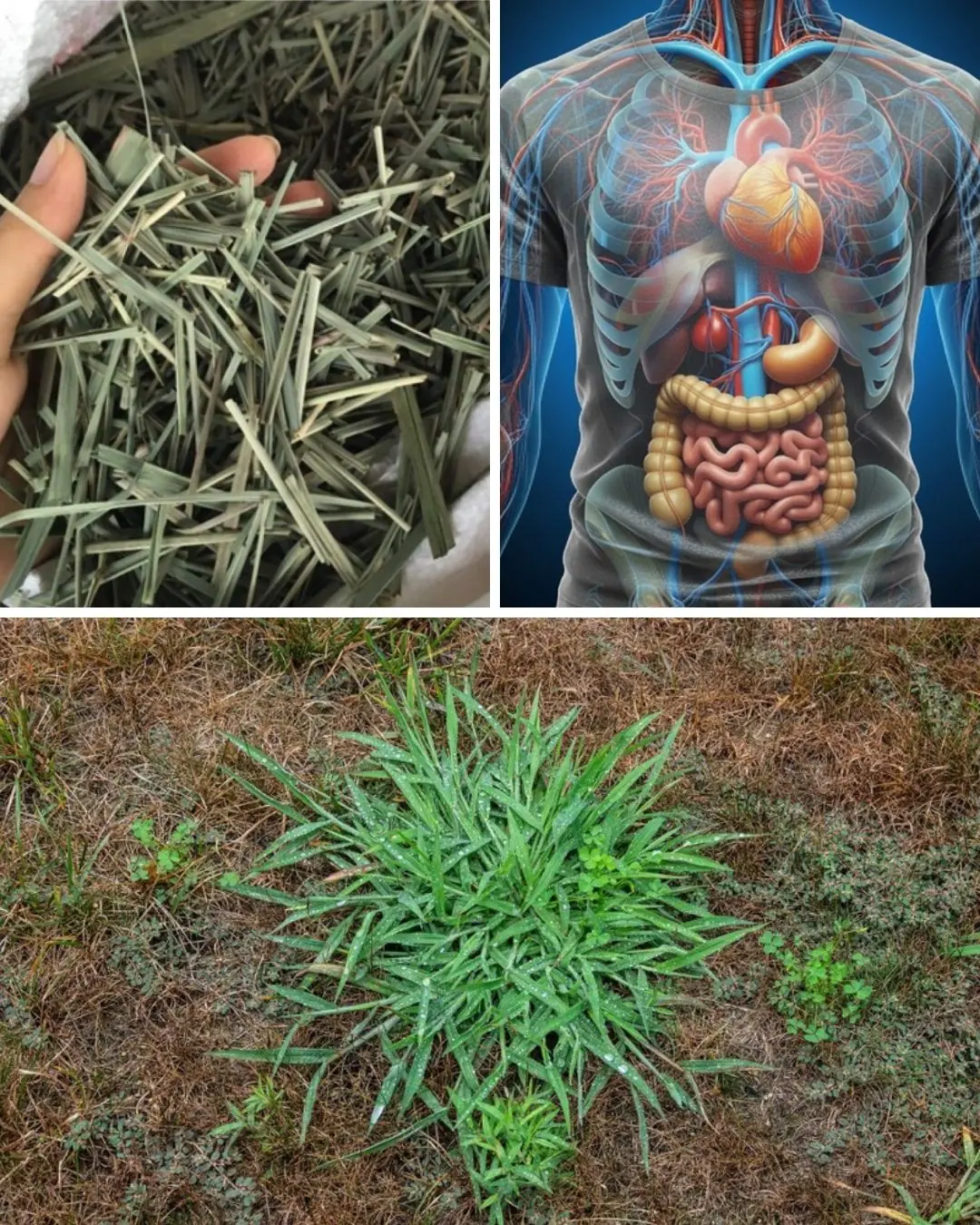
Harnessing the Power of Goose Grass: A Guide to Its Preparation and Therapeutic Uses

The water pipe is clogged, do this way to solve it easily, no need to call a plumber

Woman Left with Swollen Lip After Centipede Bites Her in Sleep
